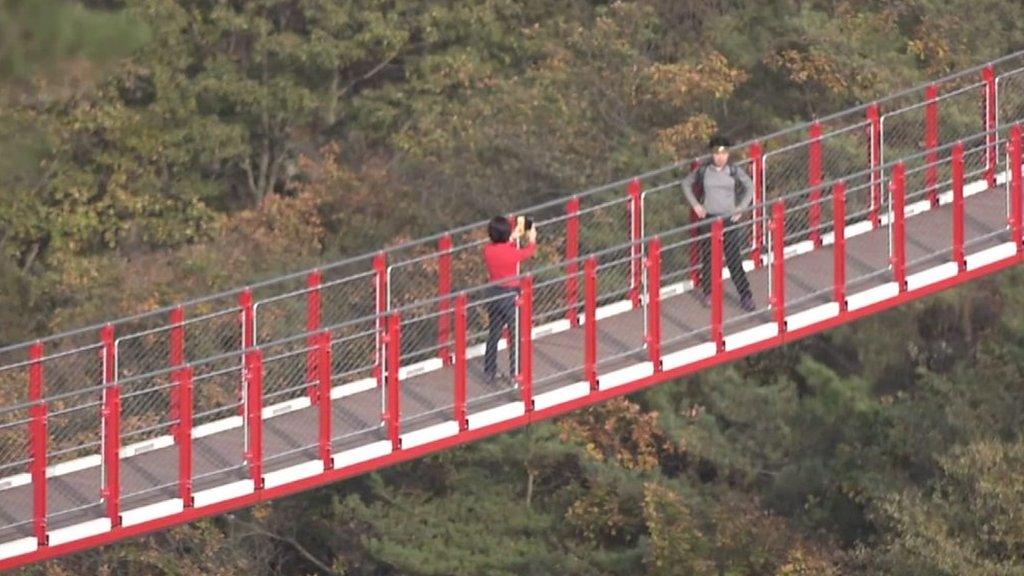World War One memorial survives second fire
- Published

Huge numbers of soldiers died at the Battle of the Somme
A memorial to 842 soldiers killed in World War One has survived a second major fire.
St Michael's Church in Bristol suffered serious damage after an arson attack in 2016.
After the fire six wooden panels bearing the names of men from the Gloucestershire Regiment could not be found.
But the panels, whose original home was destroyed in World War Two, have now been discovered undamaged.
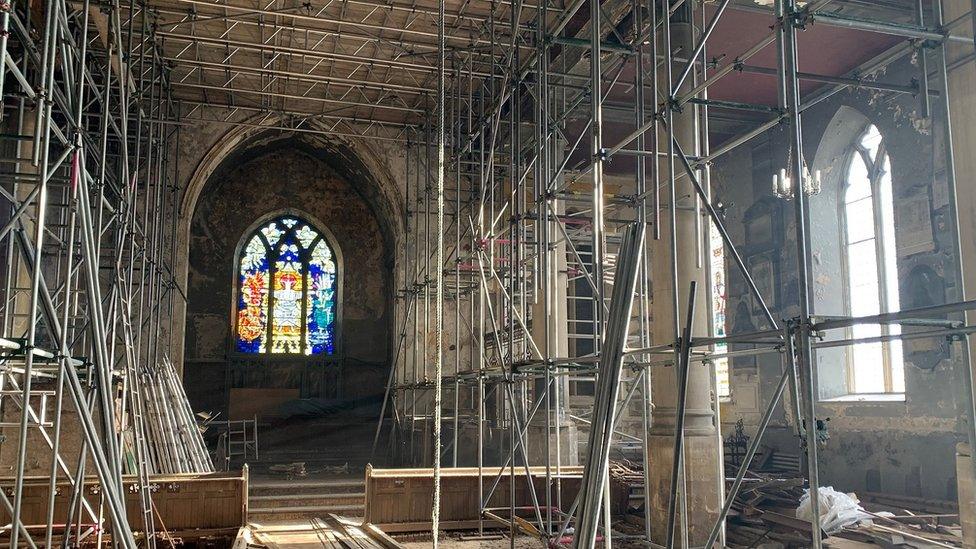
Renovations have been carried out since the fire
The hundreds of names on the memorial feature large numbers of men from the regiment's 6th Battalion who were killed at the Battle of the Somme.
The panels had been moved to St Michael's from the Gloucestershire Regiment's Bristol HQ after it was hit during a German bombing raid in World War Two.
The blaze at the church, which had been empty since the 1990s due to falling congregation numbers, destroyed some of the pews and other artefacts, and military historians Jeremy Banning and Clive Burlton were concerned the memorial panels had also been lost.

The six memorial panels were on display in St Michael's Church before the 2016 fire
Even after a new owner bought the church and began to renovate it after the 2016 fire, the panels could not be found.
But to the relief of the historians they were eventually discovered dusty but undamaged in a giant chipboard box.
"It's massively significant that these have been preserved," said Mr Burlton. "To be able to find yet another memorial that just needs a bit of TLC and for it to be displayed appropriately in the church where it's been since 1950 is incredibly important."
The panels, which will be 100 years old in 2020, will now be given to a conservation society to be restored.
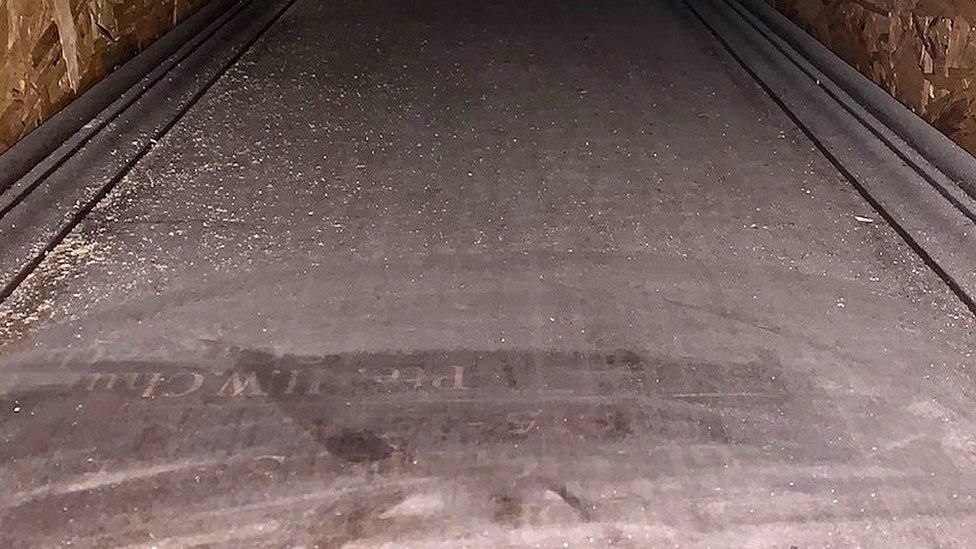
The wooden memorial panels were discovered inside a chipboard box
- Published16 October 2016
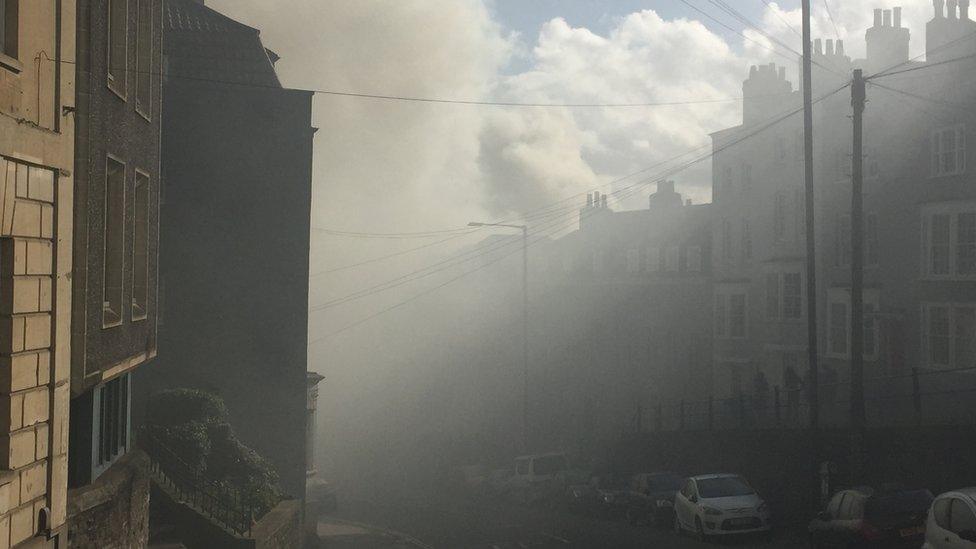
- Published3 July 2016
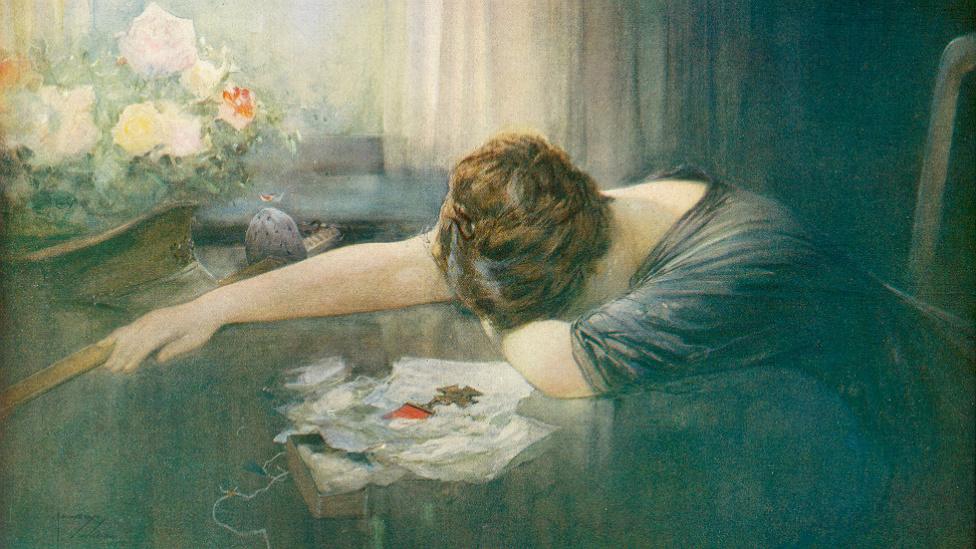
- Published22 October 2016
